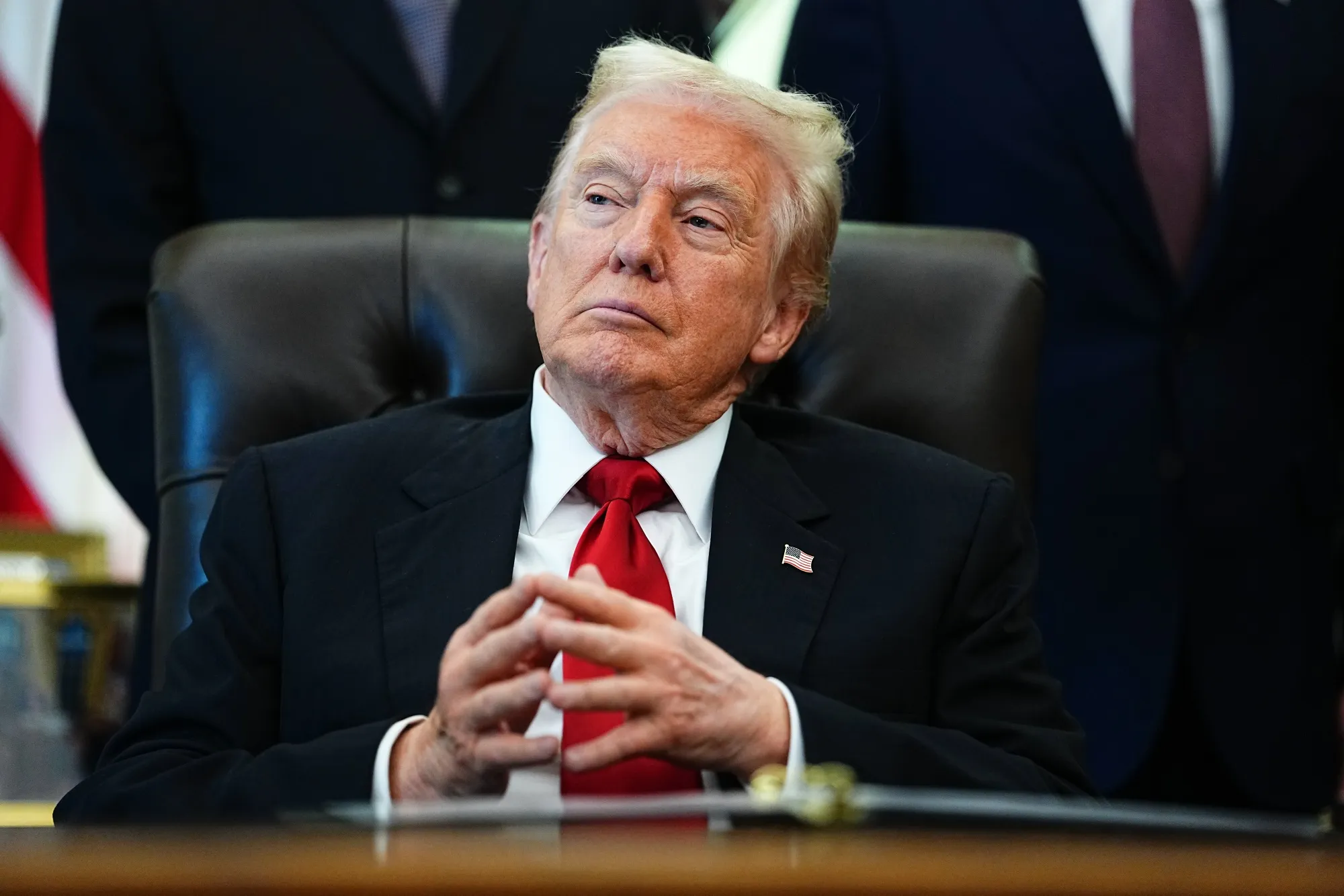China’s Hidden Deflation: How Falling Prices Are Reshaping the World’s Second-Largest Economy

China’s economy is facing a silent but deepening problem: deflation. Official data suggest that the decline in prices remains mild, yet on the ground, businesses and consumers are feeling a far more painful reality. According to a Bloomberg analysis, falling prices across key sectors — from consumer goods to industrial materials — are biting into profits, wages, and confidence, exposing the true cost of China’s price slump.
While the Consumer Price Index (CPI) and Producer Price Index (PPI) paint a modest picture, economists say the slowdown in demand and profitability is far more severe than official figures imply. The share of loss-making companies in China has surged to its highest level in 25 years, suggesting that the deflationary pressures now extend beyond cyclical weakness into structural territory.
A Crisis of Confidence Behind the Numbers
In October, China’s CPI slipped again into negative territory, with consumer prices down 0.4% year-on-year, while the PPI fell for a record 19th consecutive month. But behind these aggregate numbers lies a broader story of weak demand, excess capacity, and muted consumer sentiment.
From household appliances to clothing, retailers across major cities are slashing prices to attract cautious consumers. Meanwhile, factories face falling input costs but little ability to raise margins, leading to widespread underutilization and shrinking profits.
“The deflation consumers see is far more aggressive than what official data suggest,” said Liu Chen, a Beijing-based macroeconomist at CICC. “Discounting has become the norm — not just in luxury or export goods, but in staples like food, electronics, and home furnishings.”
Corporate Pain: A Quarter Century High in Losses
One of the starkest indicators of the deflationary squeeze is corporate profitability. The number of Chinese firms operating at a loss has climbed to the highest level since the late 1990s, when the country was restructuring its vast state-owned enterprise (SOE) sector.
According to Bloomberg’s research, roughly one in four industrial firms reported losses in 2025, compared with less than 10% a decade ago. Many of these companies are caught in a vicious cycle — cutting prices to sustain market share while eroding their own profit margins.
“Deflation is now a profitability crisis,” said Professor Zhang Weiying of Peking University. “Companies are competing on price alone because demand isn’t growing fast enough. That’s a dangerous signal for the broader economy.”
The situation is particularly dire in the manufacturing and property-related industries, where overcapacity and weak housing demand have intensified price competition.
Consumers Are Spending — But Cautiously
For China’s 1.4 billion consumers, falling prices might sound like good news. But in reality, deflation often signals weak income growth and declining confidence. Surveys show that households are saving more and spending less on discretionary goods, wary of uncertain job prospects and a sluggish property market.
The average household savings rate has surged to over 37%, the highest in decades, while spending on travel, automobiles, and durable goods has stagnated.
“People are holding onto cash because they’re afraid of what’s coming next,” said Wang Hui, a retail consultant in Shanghai. “Discounts are everywhere, but consumers aren’t responding. They don’t trust that their incomes will rise.”
That behavior creates a feedback loop: as consumers delay purchases in anticipation of further discounts, companies are forced to cut prices again — deepening deflationary pressure.
Why Official Data May Understate the Problem
China’s headline inflation figures are carefully constructed and may not fully reflect the price declines across a wide range of privately sold goods. Analysts note that official CPI data rely heavily on a basket of state-controlled items, such as utilities and transport, which tend to show more price stability.
Meanwhile, prices in consumer electronics, housing, apparel, and food delivery — sectors where competition is intense and private pricing dominates — have fallen dramatically but are underrepresented in official indices.
“If you measure what ordinary people actually buy, deflation looks much worse,” said Michael Pettis, a senior fellow at Carnegie China. “The gap between official CPI and on-the-ground reality reflects how uneven the price collapse has become.”
Global Implications: Export Deflation and Market Distortions
The consequences of China’s deflation extend beyond its borders. As domestic demand weakens, Chinese manufacturers are exporting more aggressively at lower prices, effectively exporting deflation to global markets.
In recent months, the price of Chinese exports — particularly electronics, solar panels, and electric vehicles — has fallen sharply, raising alarm in Western capitals about unfair competition and potential trade distortions.
“China’s deflation is becoming the world’s problem,” said Allison Schrager, senior economist at the Manhattan Institute. “When Chinese producers cut prices to survive, it pushes down global price benchmarks and makes it harder for other countries to manage their own inflation targets.”
A Policy Balancing Act
The deflationary wave presents a major challenge for Beijing’s policymakers. The People’s Bank of China (PBOC) has eased monetary conditions through interest rate cuts and liquidity injections, but consumer and business sentiment remain subdued. Fiscal stimulus, meanwhile, has been targeted and cautious, reflecting concerns about debt levels in local governments and the property sector.
“China is walking a tightrope,” said Chen Long, chief economist at Plenum. “Too little support risks entrenching deflation, but too much stimulus risks inflating asset bubbles again. It’s a delicate balance.”
Some economists argue that the country’s long-term strategy must shift toward raising household incomes and reducing its reliance on investment and exports. Without a stronger domestic demand base, deflation could persist for years — eroding corporate earnings and slowing the global recovery.
The Psychological Toll
Beyond economics, deflation carries a psychological cost. As companies and consumers lose confidence, expectations of falling prices become self-fulfilling. In Japan’s “lost decade” of the 1990s, a similar dynamic left the economy stagnant for years.
“The danger is not just in falling prices, but in the mindset that accompanies them,” said Pettis. “If China’s businesses and consumers both expect tomorrow to be cheaper than today, it becomes incredibly hard to reignite growth.”
A Turning Point for China’s Economic Model
For decades, China’s growth was driven by rapid industrial expansion and rising consumption. But as the country transitions into a slower-growth phase, the deflationary trend is forcing policymakers to confront fundamental weaknesses in its economic model: overcapacity, uneven wealth distribution, and a shrinking working-age population.
Whether Beijing can reverse deflation may depend on its willingness to embrace structural reforms — boosting wages, supporting small enterprises, and strengthening the social safety net to encourage spending.
Until then, China’s deflation remains both a symptom and a signal: the world’s second-largest economy is no longer overheating, but cooling in ways that could reshape global markets for years to come.
Conclusion
The true cost of China’s falling prices isn’t just measured in yuan or percentage points. It’s reflected in the shrinking profits of its companies, the anxiety of its consumers, and the fragility of its growth model. Deflation, once dismissed as a temporary phenomenon, has become a defining challenge of China’s post-pandemic recovery — one that could determine not only the future of its economy, but also the balance of global trade and investment in the decade ahead.




















